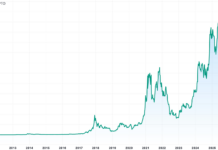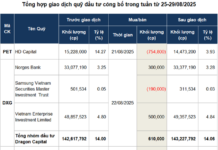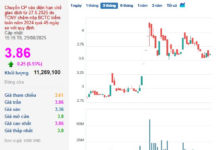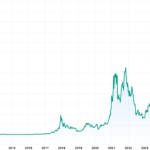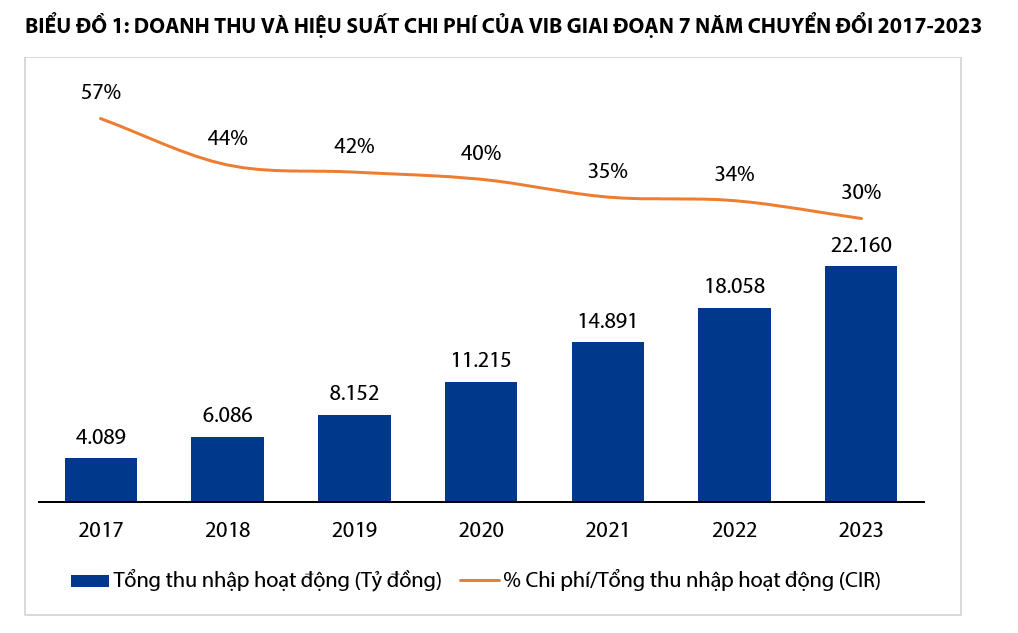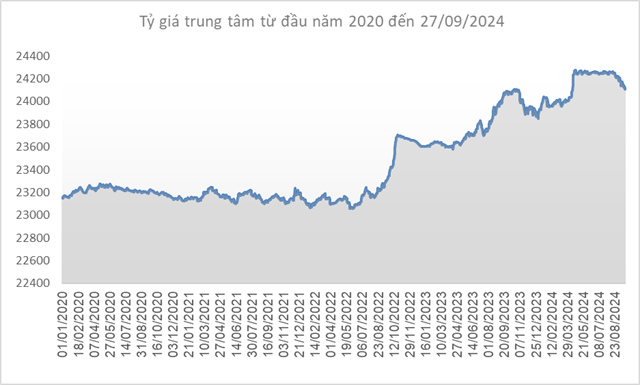On May 8, 2024, at the seminar “Expanding Connections and Developing the Digital Ecosystem” within the framework of the Banking Digital Transformation 2024 event, Mr. Nguyen Hoang Long, Deputy General Director of the National Payment Corporation of Vietnam (NAPAS), shared contents about the trend of implementing Open Banking in the world and its practical implementation in Vietnam.
 |
Mr. Nguyen Hoang Long, Deputy General Director of NAPAS |
Accordingly, Open Banking is a model that connects and processes open application programming interfaces (Open APIs) allowing Third-party Providers (TPPs) to access customers’ banking data based on their consent. Currently, the trend of a common infrastructure for Open Banking is increasing globally, promoting faster development of spontaneous connections. This infrastructure is licensed or operated by reputable large organizations/associations, such as India (UPI/NPCI), South Korea (KFTC), and Switzerland (Six Group), sponsored by central banks and banking/fintech associations, or the model in the UK licensed by the FCA and sponsored by the CMA and the central bank.
According to research by Konsentus, a provider of open finance consulting and technology services, 68 countries have already implemented or are developing Open Banking. In Asia, Open Banking services are very well developed in South Korea, Hong Kong, Singapore, and Japan.
Keeping up with the global trend, Vietnamese banks are also actively accelerating their digital transformation process and sharing banking data with third parties (TPPs) through the use of Open APIs. Accordingly, from 2020 until now, a series of banks have entered the development of this model: VietinBank, BIDV, OCB, MB, etc. Among them, VietinBank launched the VietinBank iConnect application in 2019. According to statistics, more than 55 million financial transactions are made through this platform each month. Another example is the BIDV Open API application launched by BIDV on November 29, 2023, providing 15 APIs with 4 groups of the most used services, including Payment Services, Collection Services, Online Payment, and Utilities (Bank Information and BIDV QR code).
“However, banks and TPPs are proactively seeking and selecting suitable connection partners according to their needs and interacting directly for integration and implementation. At the same time, they customize connections based on specific requirements agreed upon by both parties. The implementation among parties still faces many challenges. As a result, each bank has to build and operate its own standards and connections, increasing operating costs and resource consumption. Banks need to carry out the entire implementation process with TPPs: from KYC, onboarding, to technical connection; TPPs use multiple standards and connections with banks. Each connection must be reviewed and operated with different sets of legal documents. Open Banking involves multiple connections to TPPs and does not follow a uniform data security standard,” said Mr. Long.
According to Mr. Long, a common infrastructure for Open Banking will bring many practical benefits. Customers will be able to optimize their experience, access diverse information and services, quickly process financial needs, personalize services, safely share data, enjoy more promotions and discounts, and reduce costs. For banks and fintech companies, a common Open Banking infrastructure will reduce complexity in legal implementation, decrease security risks, save costs and resources, increase service expansion capabilities, provide more opportunities to reach customers, and facilitate cross-selling…
From the perspective of regulatory authorities, a common Open Banking infrastructure also makes it easier to monitor the market, promote the digital ecosystem, implement policies for developing the digital economy, and create a foundation for the development of open finance…
NAPAS representatives stated that in the future, with the joint efforts of the entire market and under the guidance of the State Bank, the implementation of Open Banking will bring many benefits to customers and contribute to the digital transformation process of the banking industry. Payment infrastructure providers such as NAPAS are also ready to provide the necessary foundations, products, and services to support banks and third-party service providers in implementing solutions and establishing technical standards for researching and applying in TTKDTM to promote innovation, enhance customer experience, and improve the effectiveness of the digital transformation process.
“In parallel, NAPAS is also building a digital payment infrastructure to meet the current and future needs of the payment sector’s digital transformation. We are developing multi-channel, multi-utility products to support payment services in the fields of education, healthcare, public transportation, and other market demands”, added Mr. Long.

















